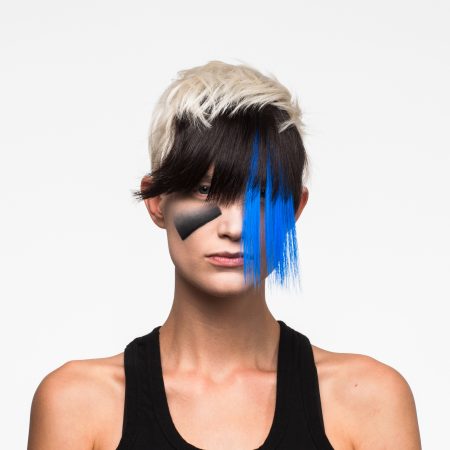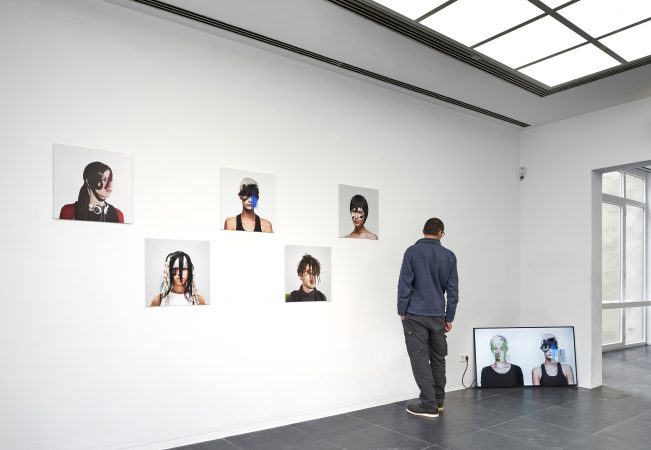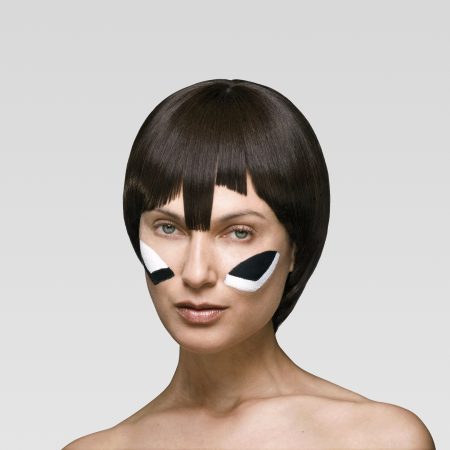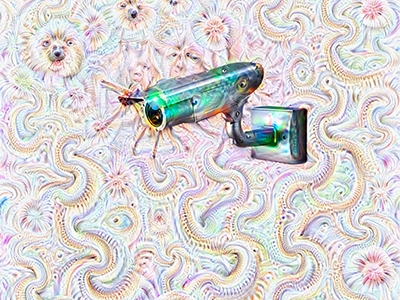Adam Harvey
CV Dazzle, 2010-17
Video: Look 5 (2014), 3:23 min
Prints, each 51 x 51 cm
Courtesy of the artist
Adam Harvey’s project CV Dazzle offers styling advice that helps one to avoid automatic recognition by various identification systems. Facial recognition algorithms are trained by being fed with thousands of images of faces whose distinguishing features they then analyse. These analyses serve as the basis for pattern recognition. They register the oval shape of the face, for example, or the distances between ears and eyes, or the symmetry between nose and mouth. When these traits are rediscovered in newly entered images, then the algorithm recognises the faces in them. Harvey analysed the way these algorithms ‘see’ in order to develop methods of subverting them: either by concealing existing features (by covering the eyes or nose bridge with strains of hair, for example) or by creating other features which the algorithms are unable to collate (such as using makeup to create additional lines and forms in the cheek area or using light makeup on dark skin and vice versa). Though a face covered in bold makeup simply remains a face for human perception, the computers can no longer process it. The video CV Dazzle Look 5 illustrates the process of automatic image analysis, comparing one face with and one without make-up.
The project is informed by Harvey’s critical stance towards the growing use of surveillance in public space. The increasing number of surveillance cameras corresponds to civilians’ cluelessness as to who sees these images, which purposes they’re being analysed for, and if the images get saved or not. Harvey’s activistic approach plays with the insight that surveillance images are mostly evaluated by machines that can, in turn, be outsmarted since they only recognise what they’ve previously been programmed to. Nevertheless, we can still expect that these loopholes will eventually be closed and facial recognition systems will only become more refined.
Adam Harvey (b. 1981) is an American artist and researcher. His projects were shown at international venues including TEDxVilnius (2017), the German Spy Museum (2017), re:publica Berlin (2016), the European Commission’s Annual Security Symposium in Brussels (BE, 2015), HOPE (NYC), the Elevate Festival in Graz (AT, 2017), and Chaos Computer Club Hamburg (DE, 2016).




